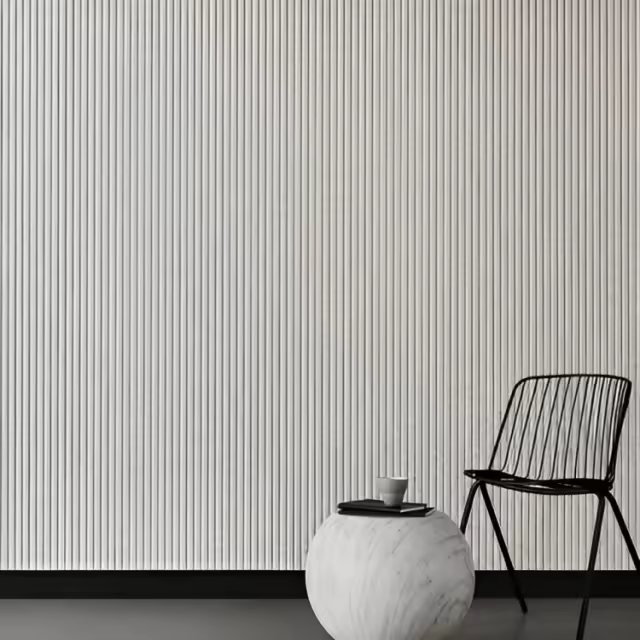The Benefits of Felt Panels for Walls
Felt panels have emerged as a versatile and stylish solution for wall decoration in both residential and commercial spaces. Made from compressed wool or synthetic fibers, these panels offer an array of benefits, ranging from aesthetic appeal to acoustic performance. This article delves into the various advantages of using felt panels for walls and explores why they might be the perfect choice for your next interior design project.
Aesthetic Appeal
One of the most compelling reasons to use felt panels for walls is their aesthetic versatility. Available in a variety of colors, patterns, and textures, felt panels can easily complement any interior design style, from contemporary to traditional. Whether you're looking to create a cozy living space or a sophisticated office environment, felt panels can enhance the overall look and feel of the room. Their unique textures add depth and interest to flat surfaces, making them a popular choice among interior designers.
Acoustic Insulation
In addition to their visual appeal, felt panels are known for their excellent sound-absorbing properties. This acoustic insulation is particularly beneficial in spaces that require privacy or have high noise levels, such as offices, meeting rooms, or cafes. By reducing echo and minimizing background noise, felt panels contribute to a more pleasant and productive environment. This characteristic is especially important in open-plan office designs where sound control is crucial for employee focus and interaction.
Environmental Sustainability
felt panels for walls

Felt panels are often made from sustainable materials, such as recycled polyester or natural wool, making them an eco-friendly choice for environmentally conscious consumers. Wool, in particular, is a renewable resource that boasts natural insulating properties. Not only do these panels contribute to a sustainable interior, but they also help improve energy efficiency by providing an additional layer of insulation on walls. This can lead to reduced heating and cooling costs, making felt panels a cost-effective solution in the long run.
Easy Installation and Maintenance
Felt panels are relatively easy to install compared to traditional wall coverings. Most panels come with adhesive backing or can be mounted using simple hanging systems. This ease of installation makes them a popular choice for DIY enthusiasts and professionals alike. Additionally, felt panels are low-maintenance; they can be vacuumed or spot-cleaned to remove dust and stains, ensuring that they remain looking fresh and vibrant for years to come.
Flexibility and Modularity
Another advantage of felt panels is their flexibility. They can be used to create various design features, such as wall art, room dividers, or even acoustically treated ceilings. The modular nature of felt panels allows for creative freedom; you can mix and match different colors and textures to design a unique look that fits your personal style. This adaptability makes felt panels suitable for a wide range of applications, from home interiors to creative spaces and commercial installations.
Conclusion
In summary, felt panels for walls represent a stylish, practical, and sustainable option for modern interior design. Their aesthetic versatility, sound-absorbing qualities, and eco-friendly materials make them an attractive choice for both residential and commercial spaces. With easy installation and low maintenance requirements, felt panels can transform any environment into a cozy, inviting, and acoustically balanced space. Whether you’re redecorating your home or redesigning an office, consider adding felt panels to your walls and experience the myriad benefits they offer.
-
Waterproof Dog Blankets for Indoor and Outdoor UseNewsAug.01,2025
-
Sustainable Wool Cat Beds Eco-Friendly Choices for Pet OwnersNewsAug.01,2025
-
Snuffle Ball Benefits for Dogs Mental Stimulation and ExerciseNewsAug.01,2025
-
Puppy Treat Puzzles as Social Tools Fostering Bonding Through PlayNewsAug.01,2025
-
Custom Wooden Pet Houses Tailored to Your Pet’s PersonalityNewsAug.01,2025
-
Corrosion Resistance in Environments: A Guide for Washer Hose ClampsNewsAug.01,2025
